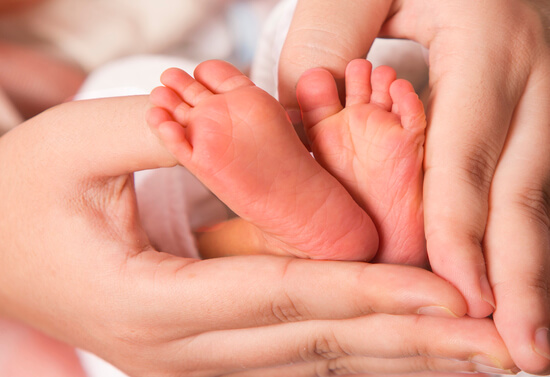
Infertility Clinics
Infertility is not getting pregnant, despite having carefully timed, unprotected sex for one year. The cause of infertility may be difficult to determine but may include inadequate levels of certain hormones in both men and women, and trouble with ovulation in women. Common More than 1 million cases per year (India) Treatable by a medical professional Usually self-diagnosable Lab tests or imaging often required Before infertility testing, your doctor or clinic works to understand your sexual habits and may make recommendations to improve your chances of getting pregnant. In some infertile couples, no specific cause is found (unexplained infertility).
Infertility evaluation can be expensive, and sometimes involves uncomfortable procedures Treatment varies Many treatments significantly improve the chances of getting pregnant. They include hormone treatments, fertility drugs and surgery. In addition, assisted reproduction uses various medical techniques to fertilise an egg.
How to know about Infertility issue ?
If you’ve been unable to conceive within a reasonable period of time, your doctor will go over your health history, medications, sexual history, and sex habits. Seek help from your doctor for evaluation and treatment of infertility. You and your partner should be evaluated. Your doctor will take a detailed medical history and conduct a physical exam.
What Are the Treatments for Infertility?
In men, fertility is treated with:
- Surgery, if the cause is a varicocele (widening of the veins in the scrotum) or a blockage in the vas deferens, tubes that carry sperm.
- Antibiotics to treat infections in the reproductive organs.
- Medications and counseling to treat problems with erections or ejaculation.
- Hormone treatments if the problem is a low or high level of certain hormones.
In women, infertility is treated with:
- Fertility drugs and hormones to help the woman ovulate or restore levels of hormones
- Surgery to remove tissue that is blocking fertility (such as endometriosis) or to open blocked fallopian tubes
Infertility in men and women can also be treated with assisted reproductive technology, or ART. There are several types of ART:
- IUI (intrauterine insemination): Sperm is collected and placed directly inside the woman’s uterus while they are ovulating.
- IVF (in vitro fertilization): The sperm and egg are collected and brought together in a lab. The fertilized egg grows for 3 to 5 days. Then the embryo is placed in the woman’s uterus.
- GIFT (gamete intrafallopian transfer) and ZIFT (zygote intrafallopian transfer): The sperm and egg are collected and quickly placed in a fallopian tube. With GIFT, both the sperm and eggs are placed into the fallopian tube. With ZIFT, the sperm and eggs are brought together in a lab and then a fertilized egg is placed into the tube at 24 hours.
Surgery to restore fertility
Several surgical procedures can correct problems or otherwise improve female fertility. However, surgical treatments for fertility are rare these days due to the success of other treatments. They include:
Laparoscopic or hysteroscopic surgery.
Surgery might involve correcting problems with the uterine anatomy, removing endometrial polyps and some types of fibroids that misshape the uterine cavity, or removing pelvic or uterine adhesions.
Tubal surgeries.
If your fallopian tubes are blocked or filled with fluid, your doctor might recommend laparoscopic surgery to remove adhesions, dilate a tube or create a new tubal opening. This surgery is rare, as pregnancy rates are usually better with in vitro fertilization (IVF). For this surgery, removal of your tubes or blocking the tubes close to the uterus can improve your chances of pregnancy with IVF.
